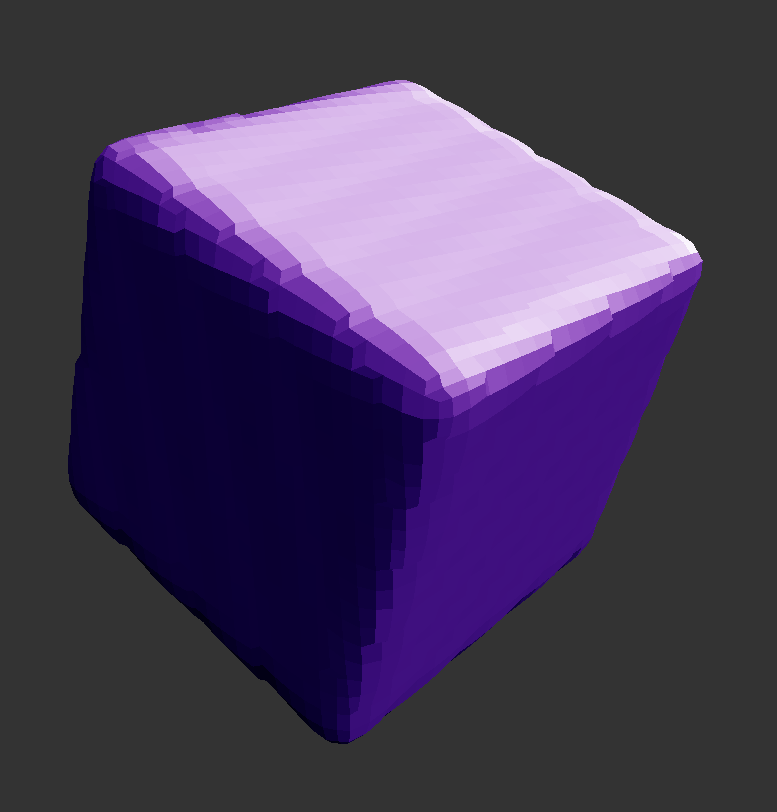So I decided to leap into the Voxel world. I'm at the point of choosing a Isosurface Extraction extraction method. I found this list https://swiftcoder.wordpress.com/planets/isosurface-extraction/, what is pretty old, but in further searching seems like nothing much new invented in this area (or Im wrong?). So I need an advice on what method to study and start working on!
My user case is:
1) Needs to have very good performance. Work also on Mobile and consoles like NS switch. Its for gaming.
2) Possible to implement automated LOD and culling for large terrains (planet size)
3) Good visuals (sharp and round objects)
4) Editable/Destructible option (I think voxels in general are)
5) Up to date method, that elements flaws of past
4) Terrains generated from Noise on fly!
optional) Has some example code around the internet, as for me is hard to work only with Papers
For now I have been looking into "Cubical Marching Squares", but the examples found online are incomplete (even the authors lib https://graphics.cmlab.csie.ntu.edu.tw/CMS/#Download WIP since 2005, lol) and the paper seems to be a bit abstract. And "Dual Contouring" strategy, but there is so much variations that I got lost.
Please help me out there if you have some experience or have done deep research on this topic! Thanks!









